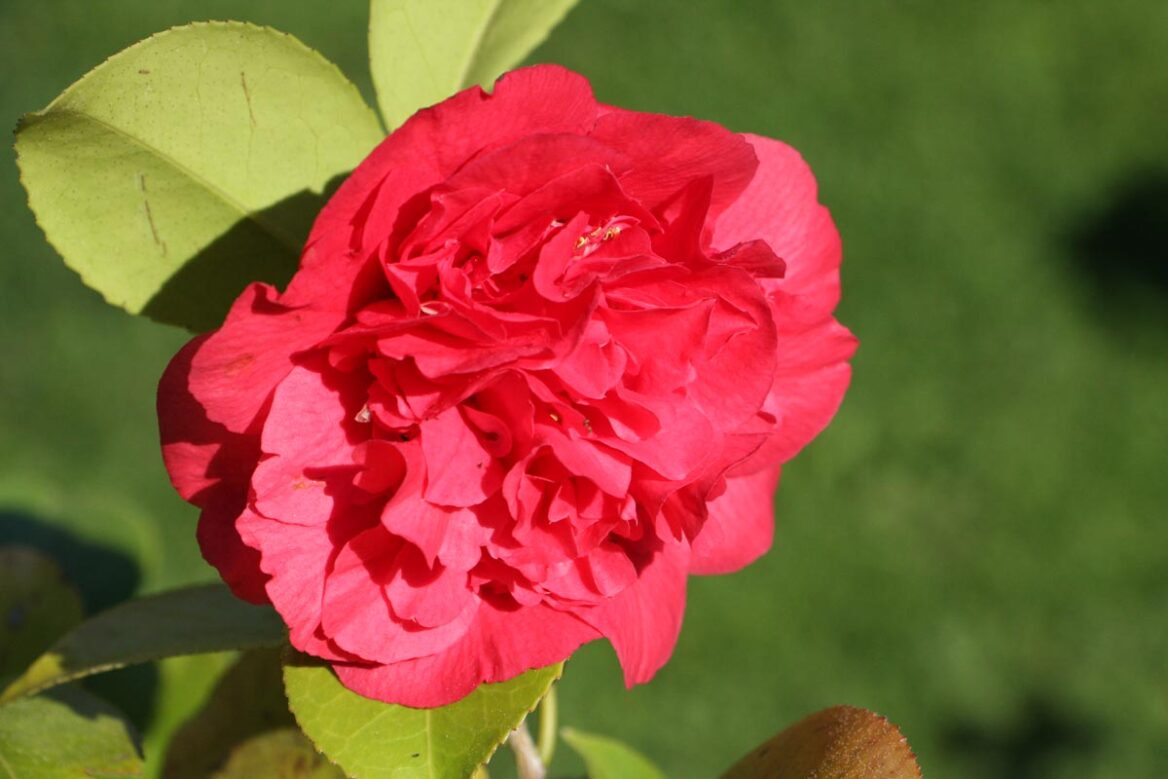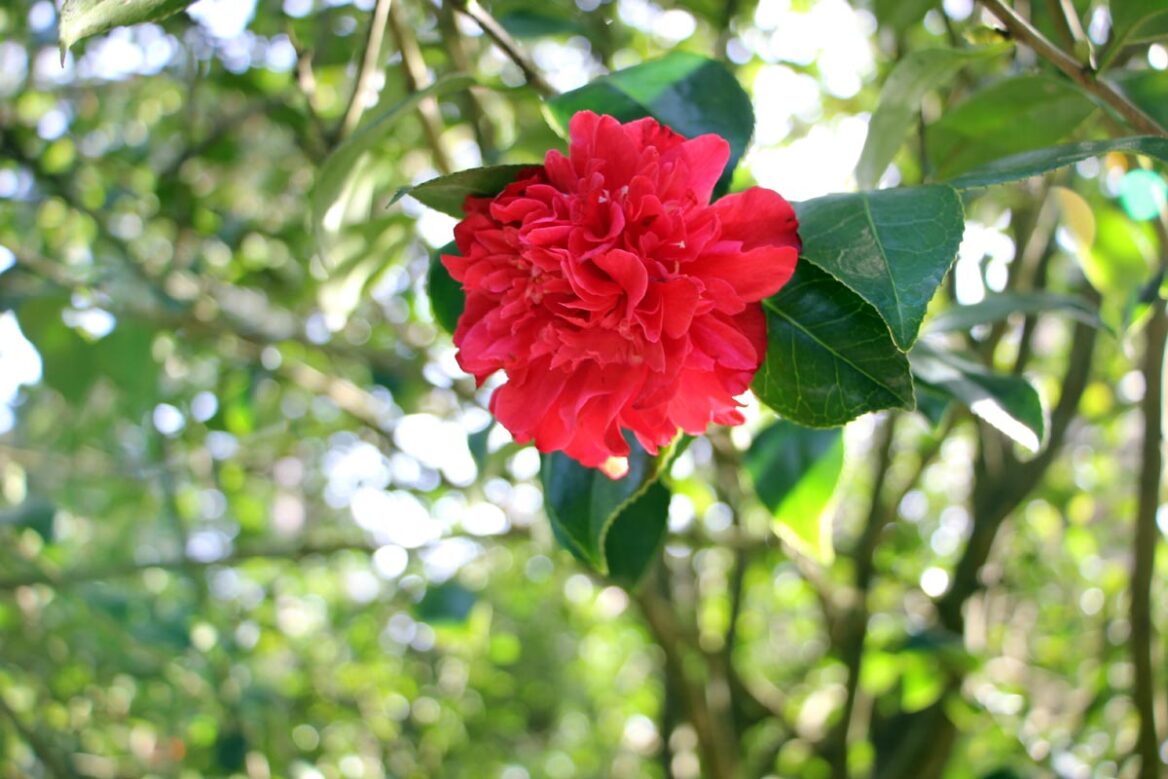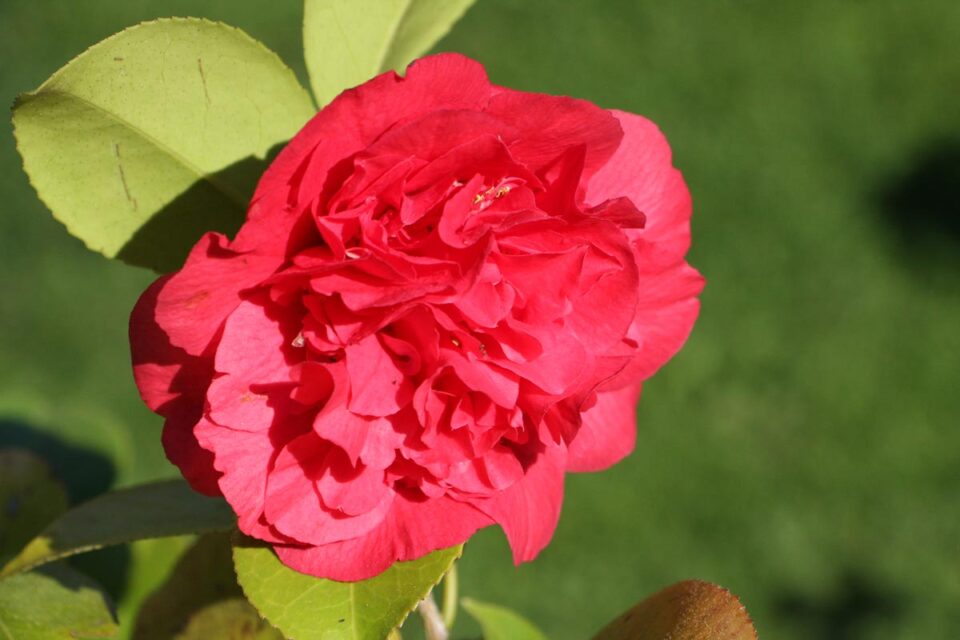Camellia japonica ‘Kramer’s Supreme’
Camellia
The magnificent peony-style flowers of Camellia japonica ‘Kramer’s Supreme’ begin as deep-red buds and open into rosy-red blooms that are complemented by a delightful fragrance. The contrast between the stunning flowers and the glossy, dark-green foliage brightens lightly-shaded areas. Camellia japonica ‘Kramer’s Supreme’ produces flowers from early to late winter, making it a perfect addition to woodland borders and foundation plantings, or as a hedge. Its beauty is sure to impress in any landscaping setting. Camellia japonica is evergreen and native to mainland China, Taiwan, southern Korea, and southwestern Japan. Learn more about Camellia japonica. Camellia japonica ‘Kramer’s Supreme’ was produced by August Kramer of Kramer Brothers Nurseries in California, United States.
Other common name(s):
Synonyms: Camellia japonica 'Keruimo Damudan'
$107.12 – $156.00
Evergreen
Height: 3.0m
Width:
2.0m
Estimated 10 year height and width
Camellia japonica ‘Kramer’s Supreme’ stock information
Full Stocklist| Grade | Height | Standard | Available | I/P | Qty / Price |
|---|





